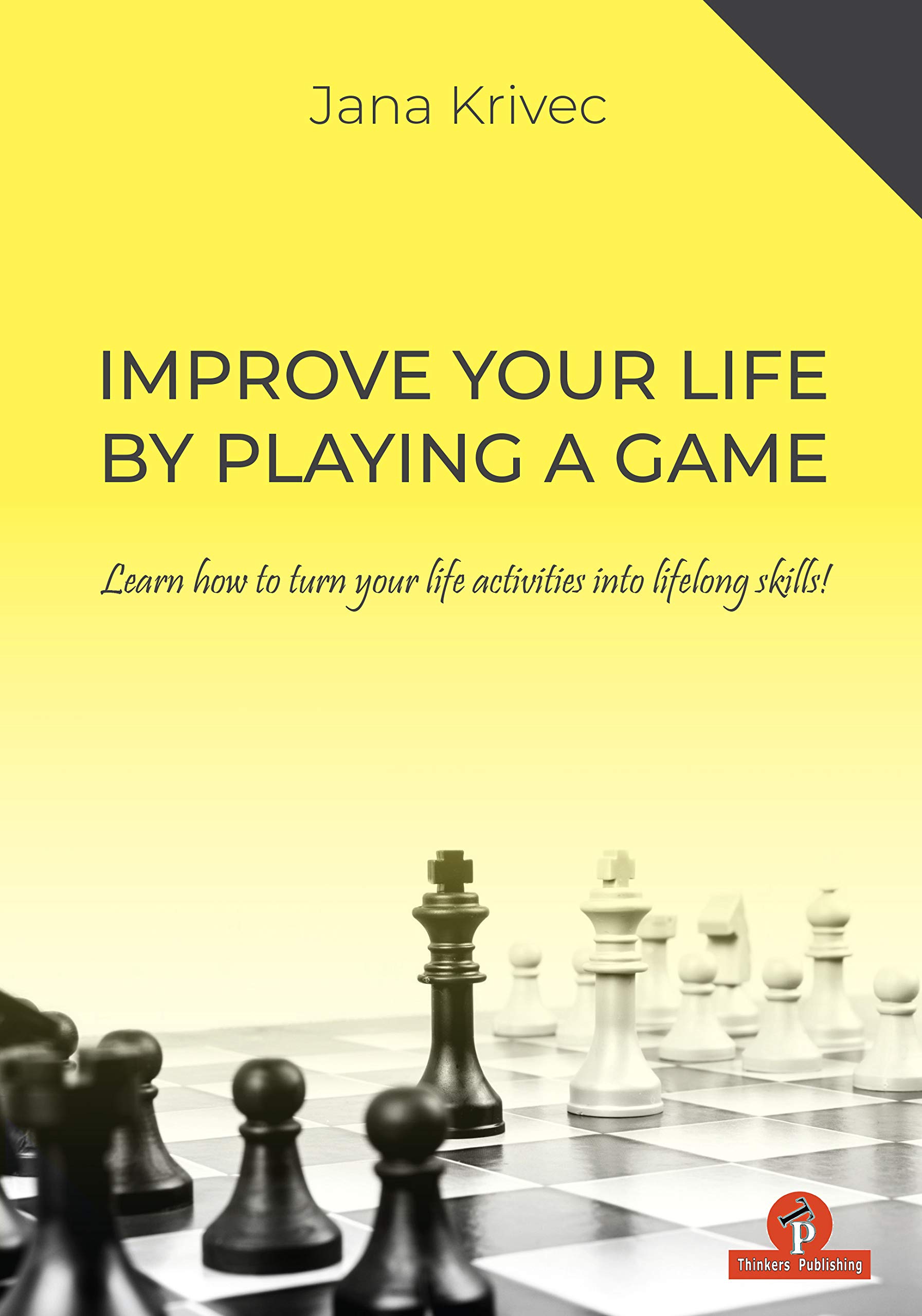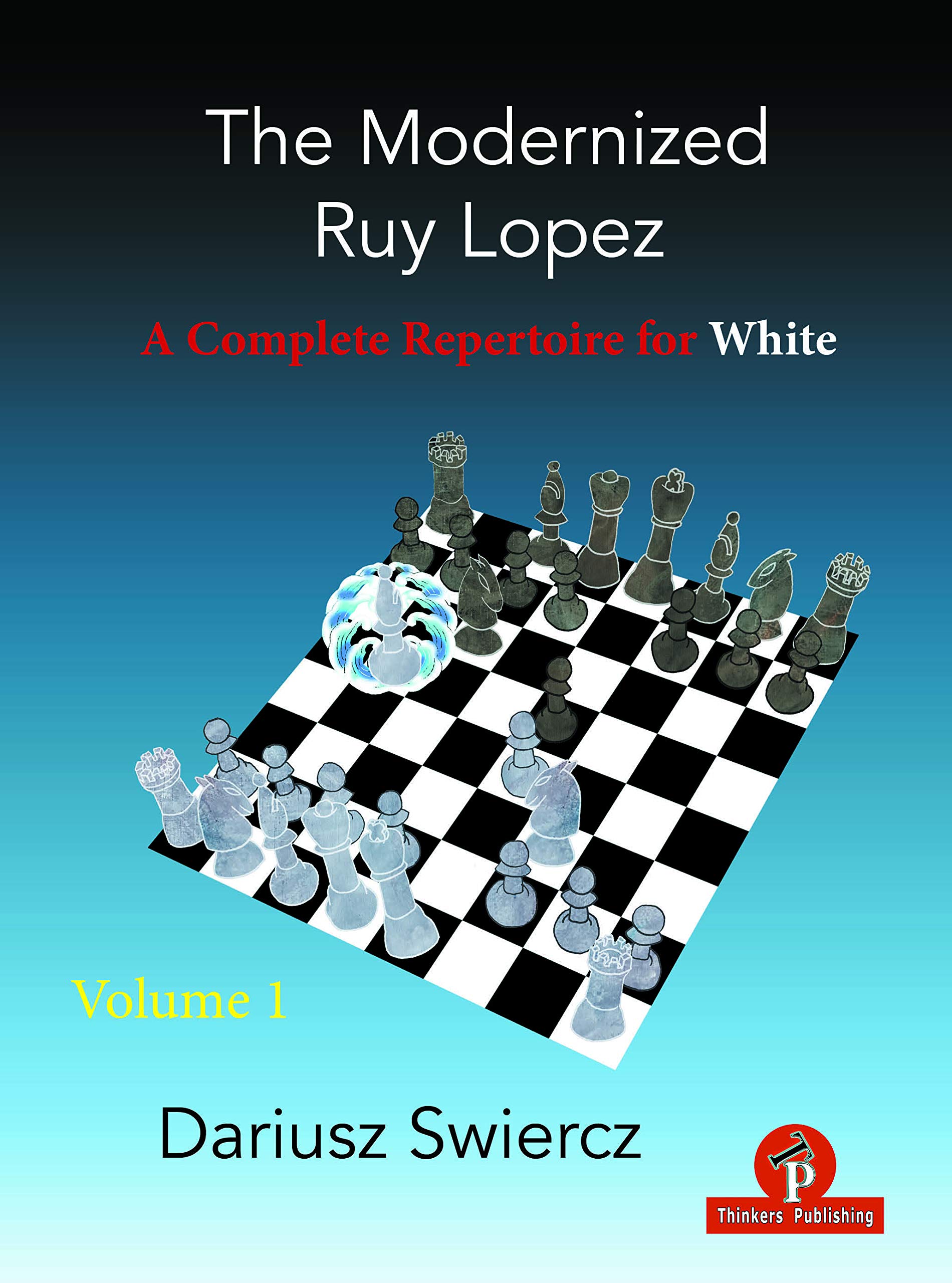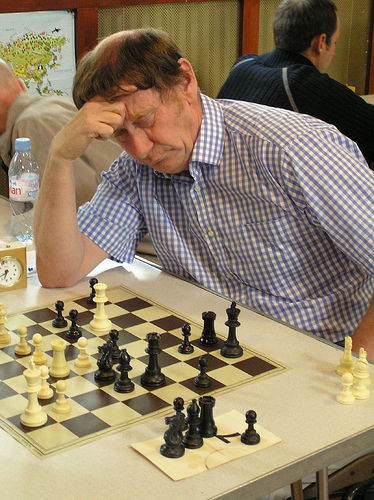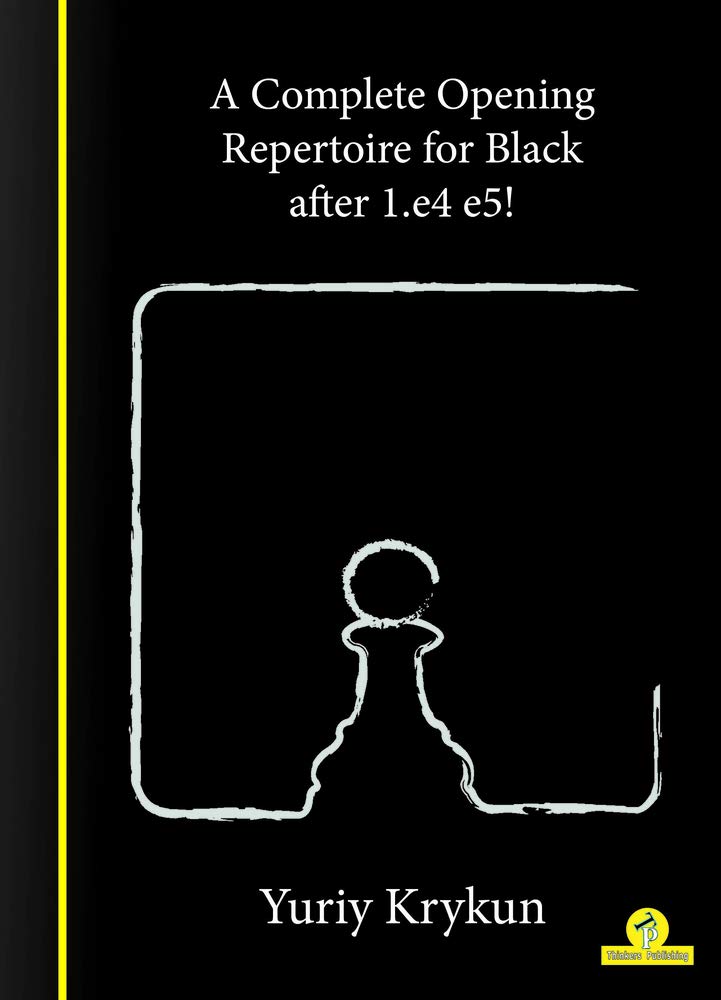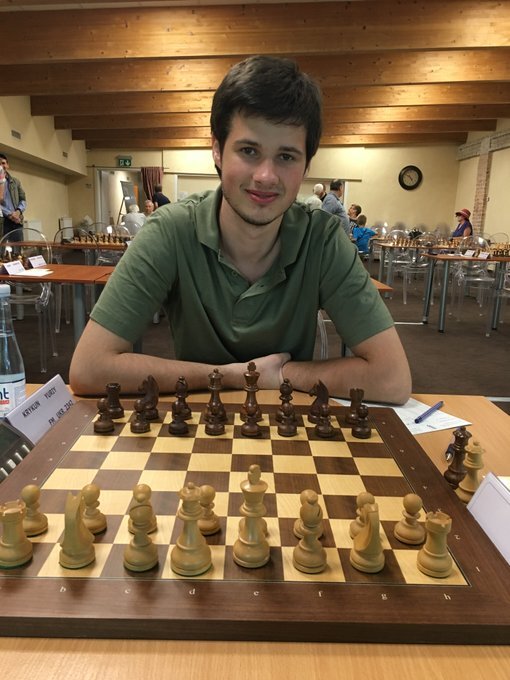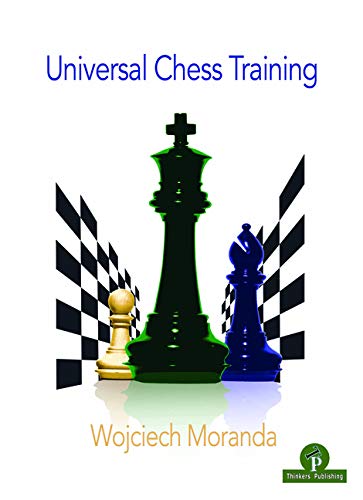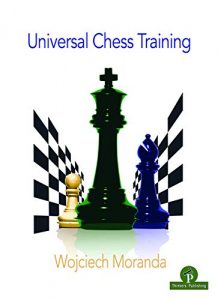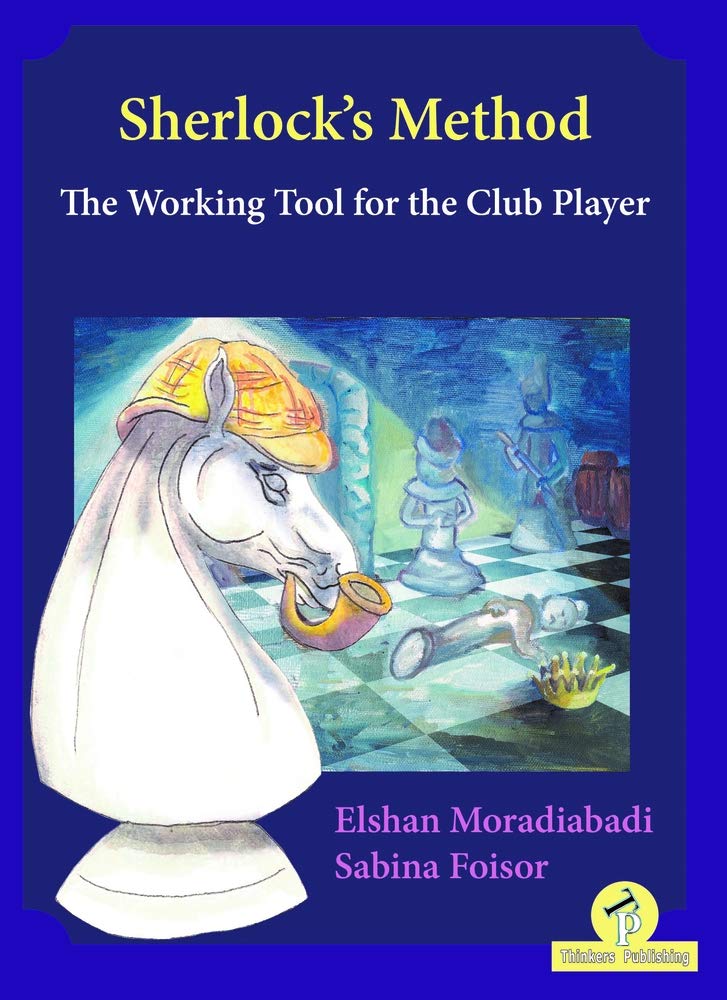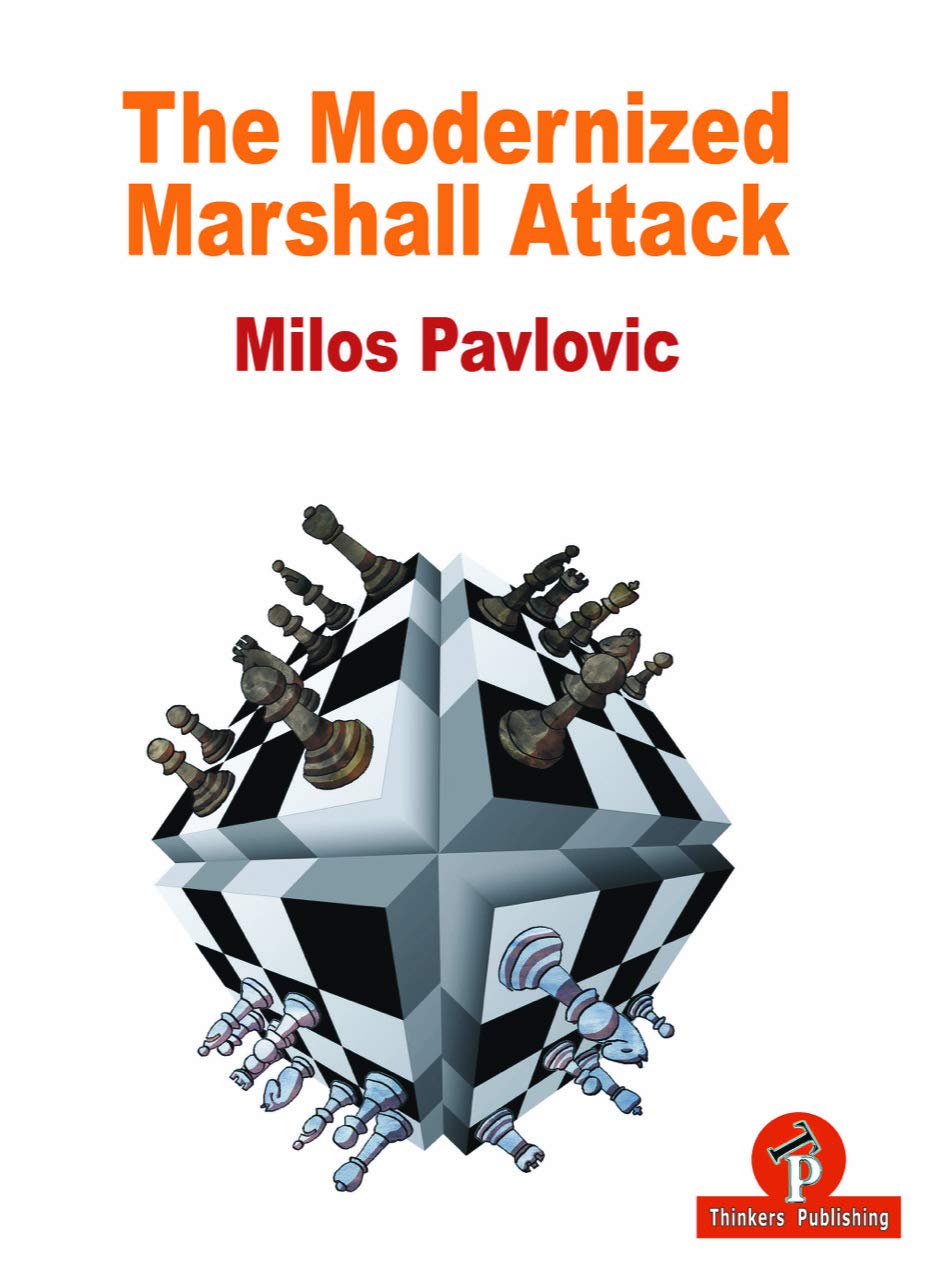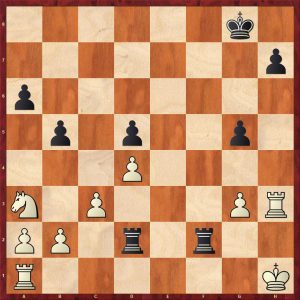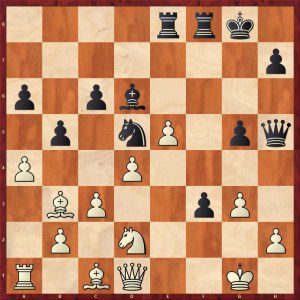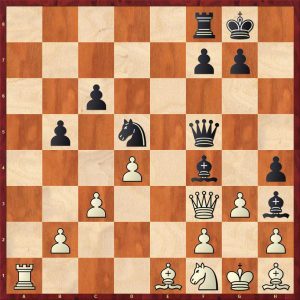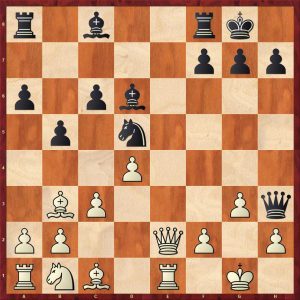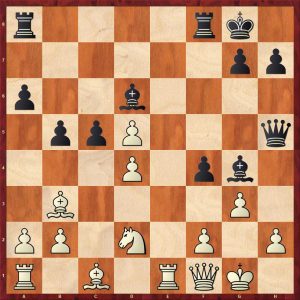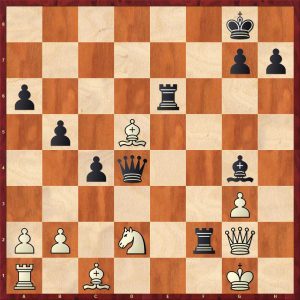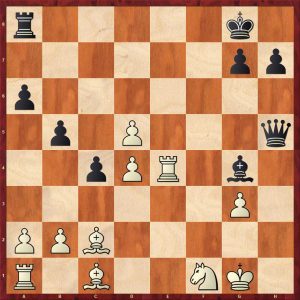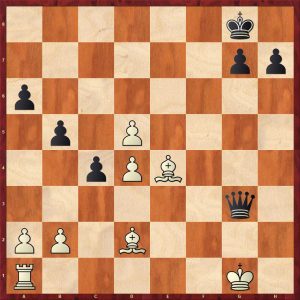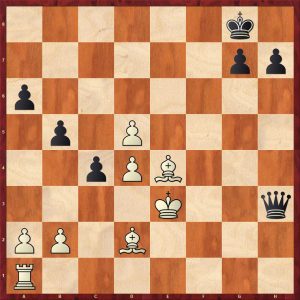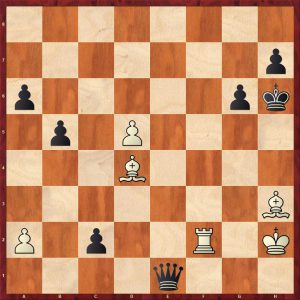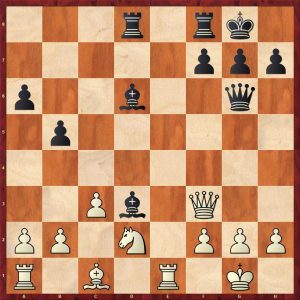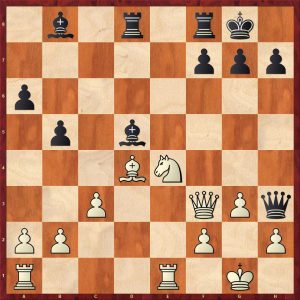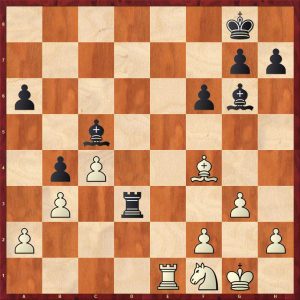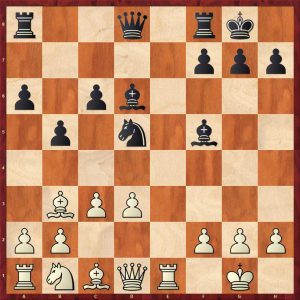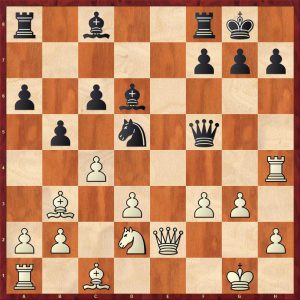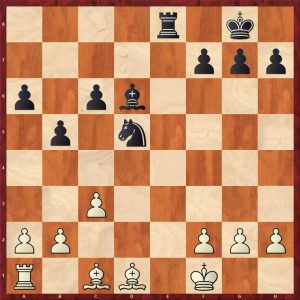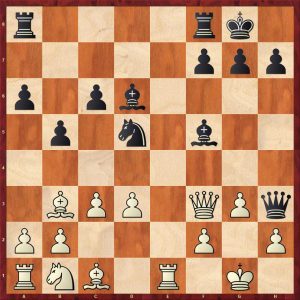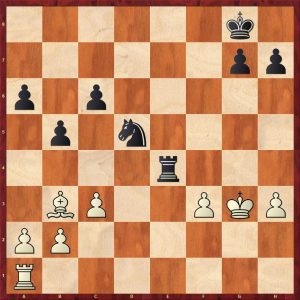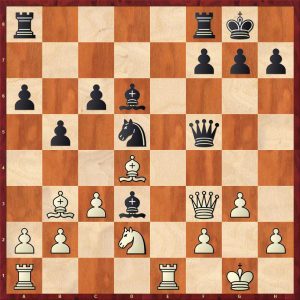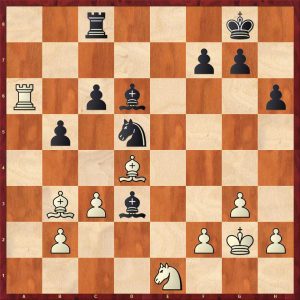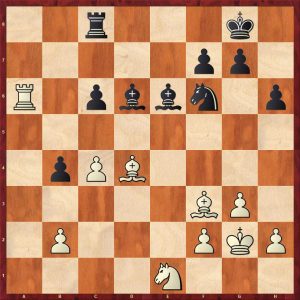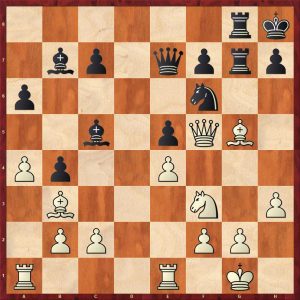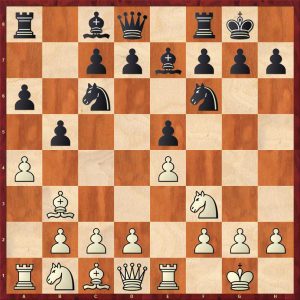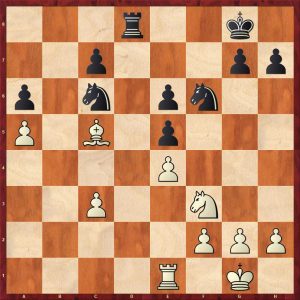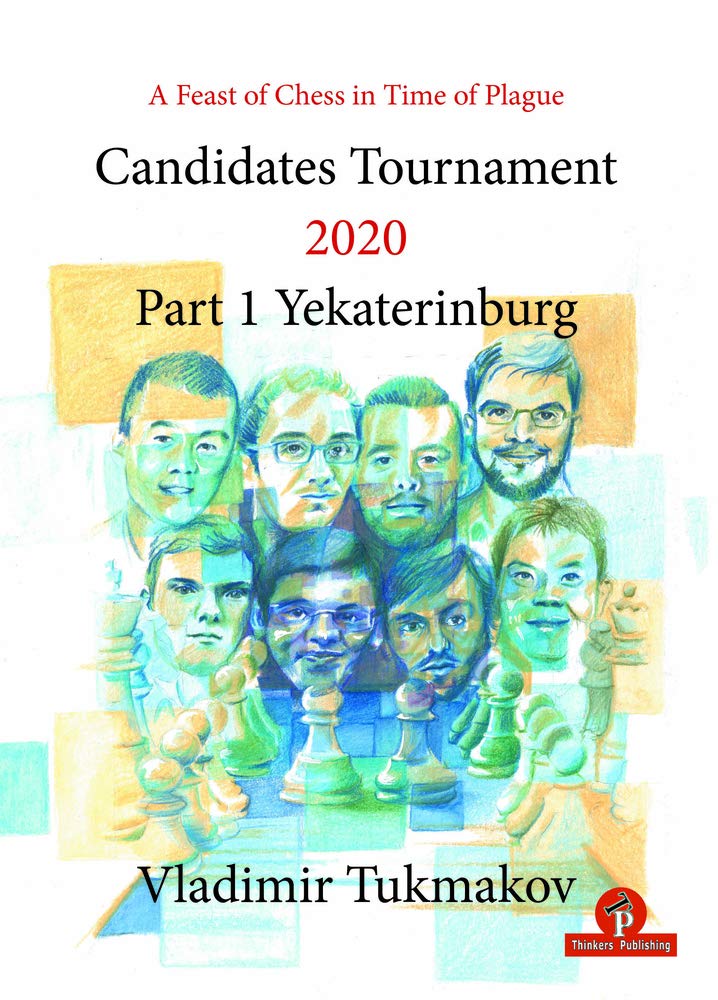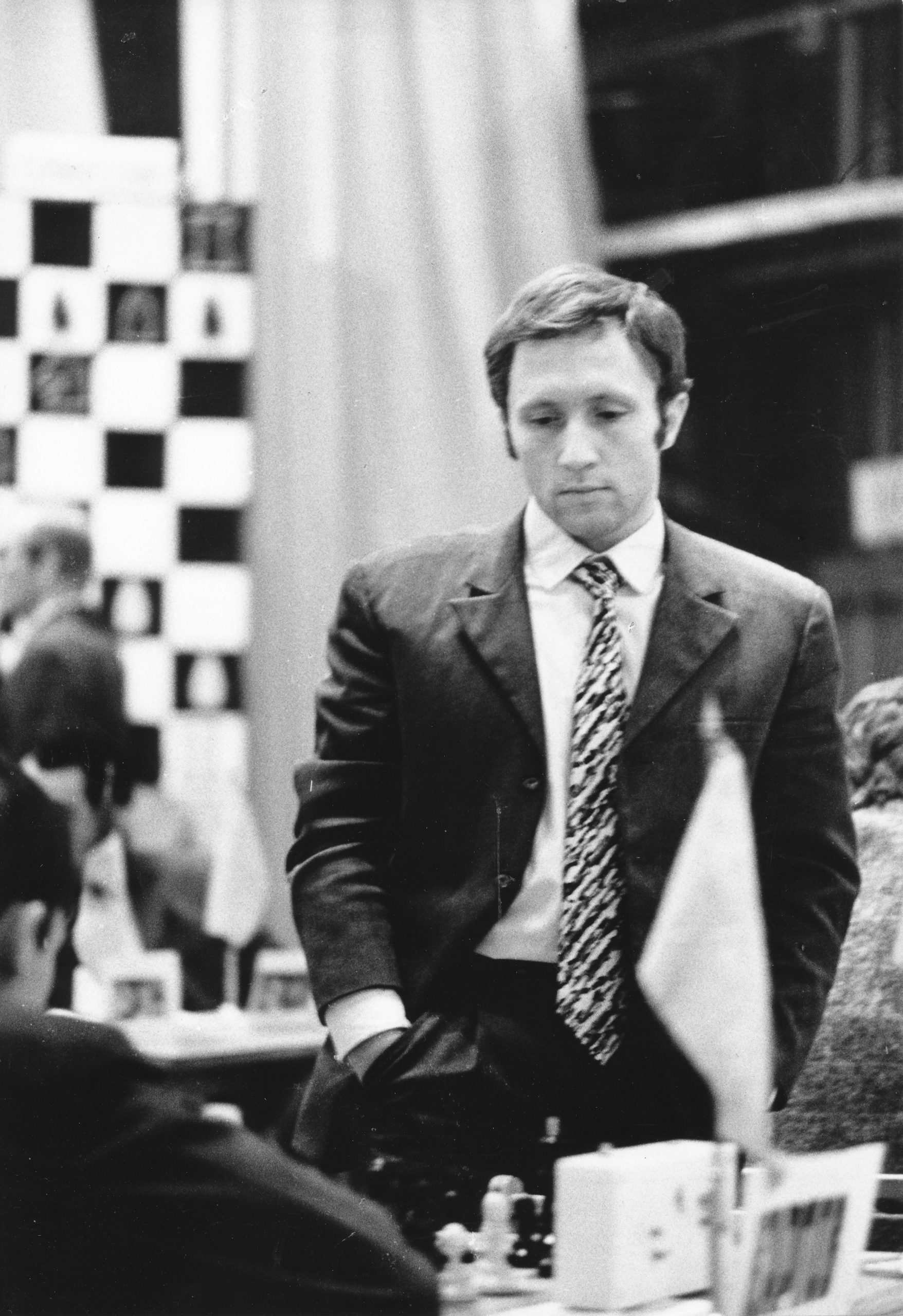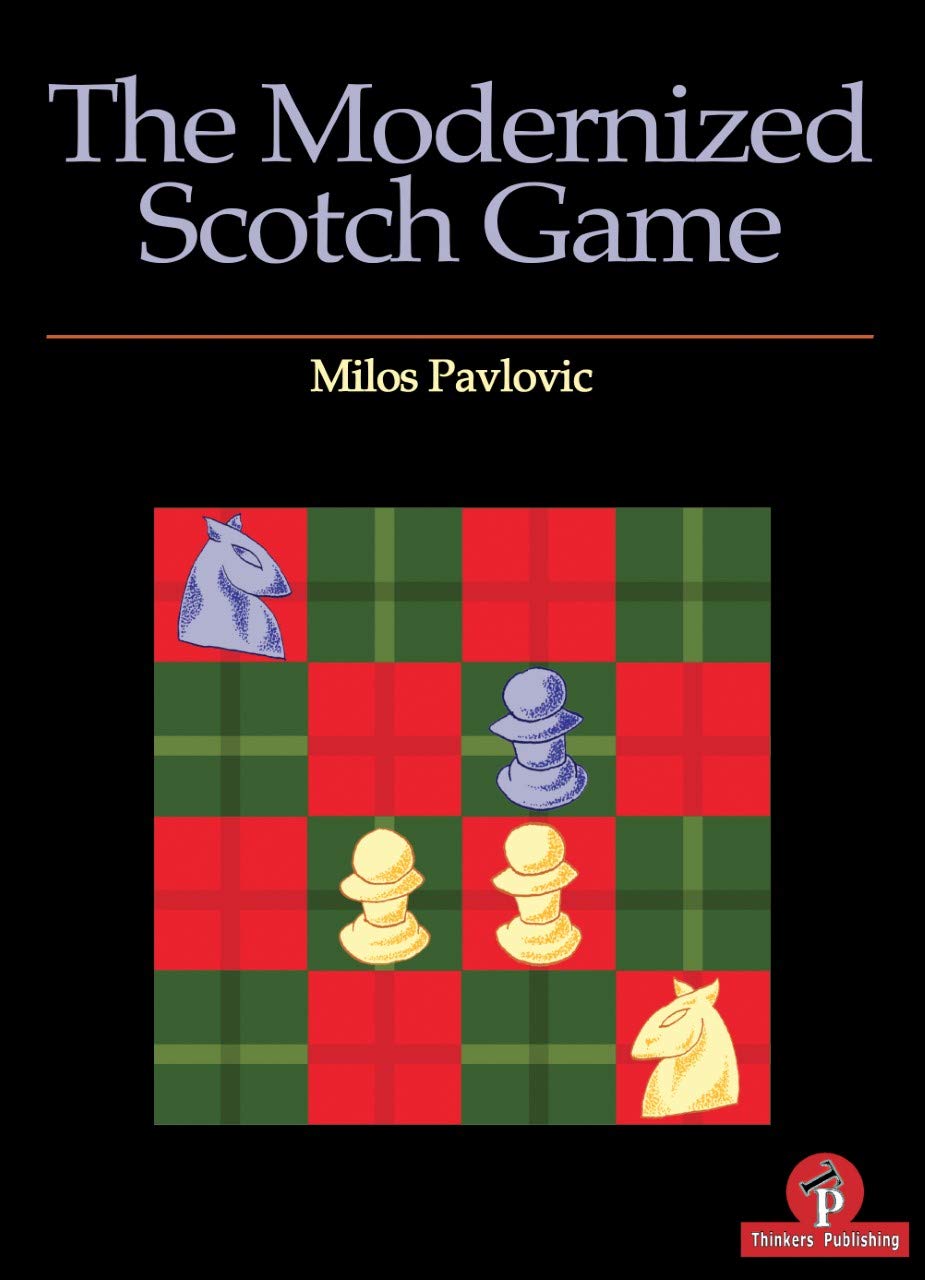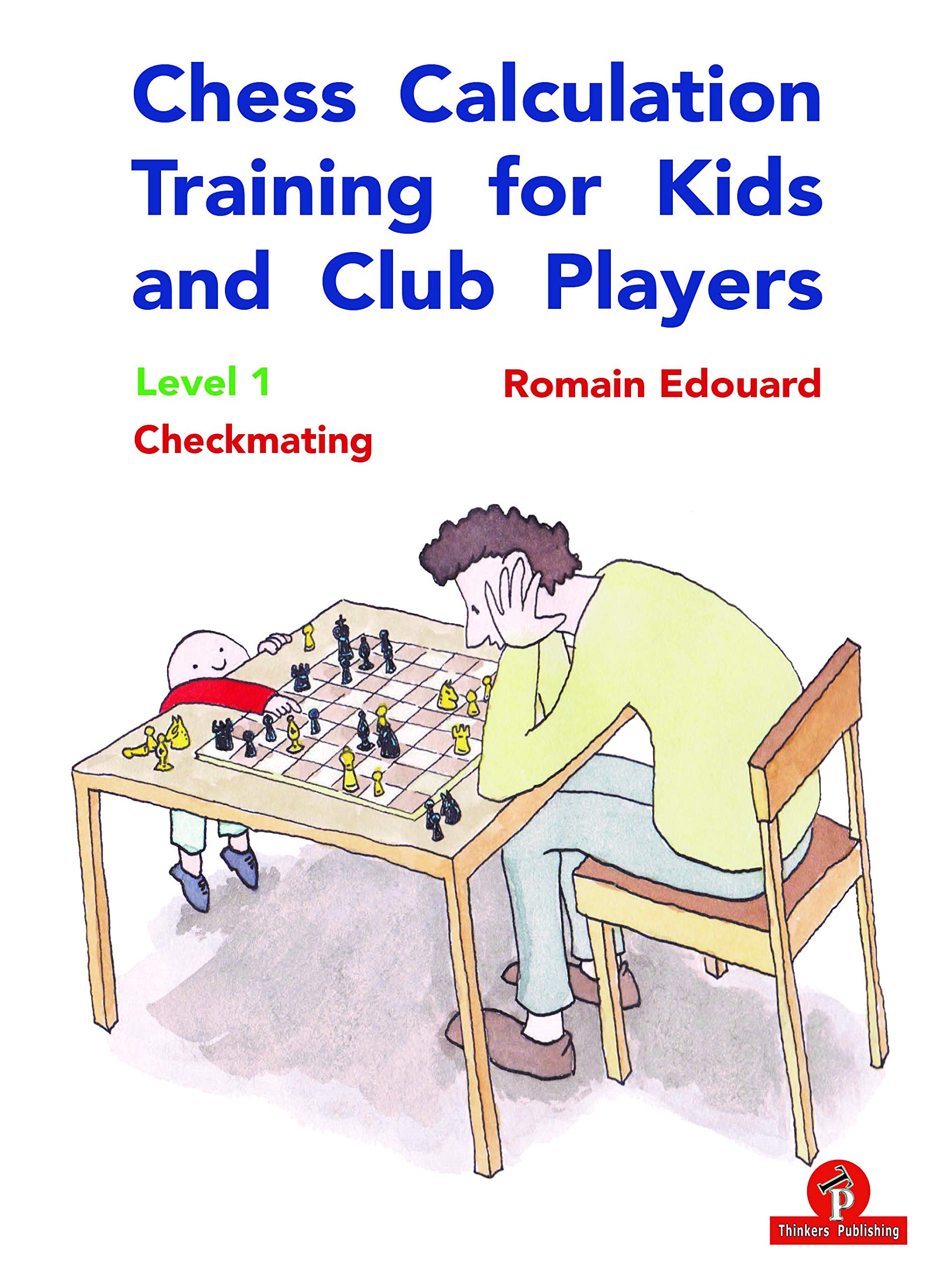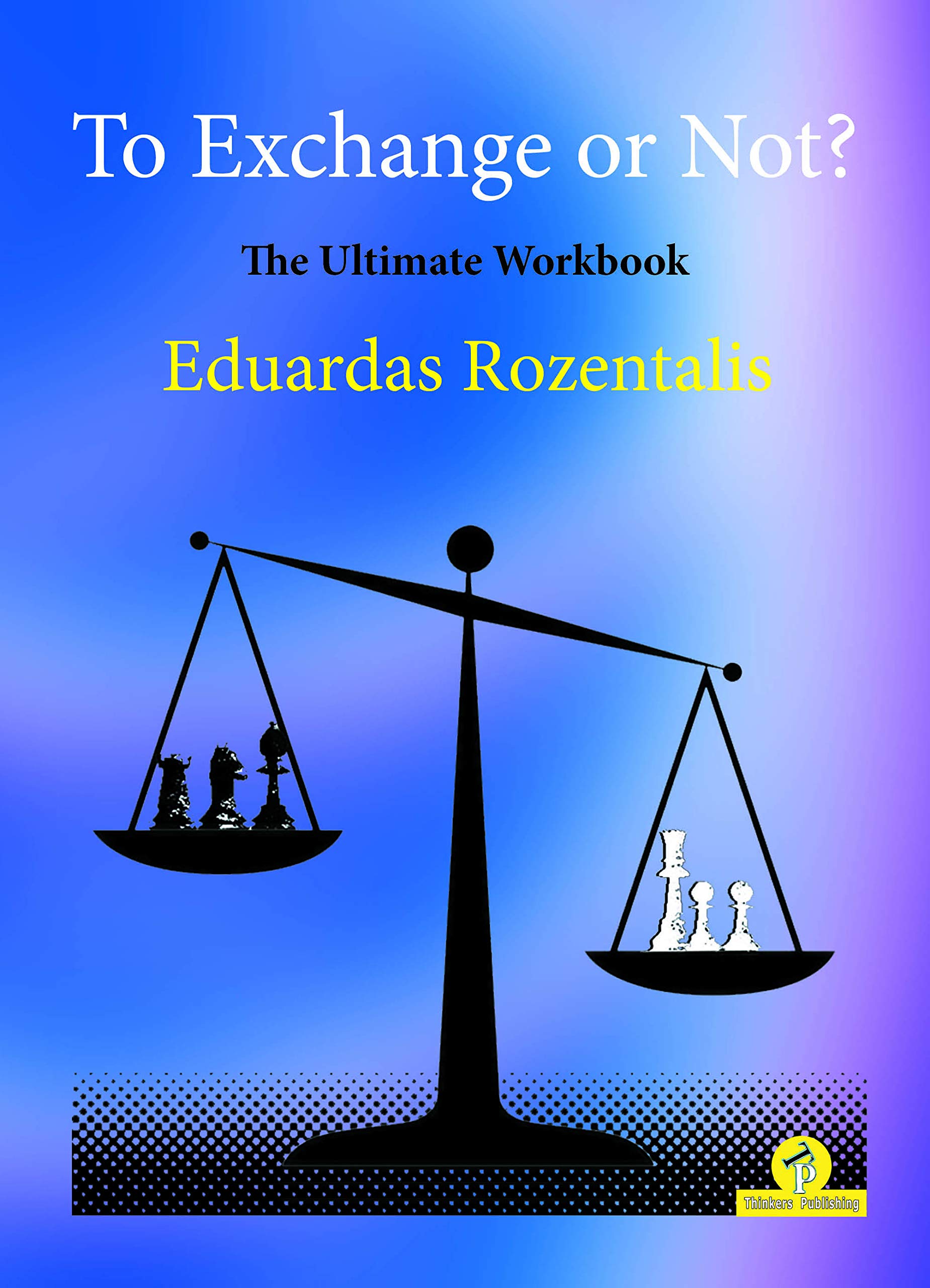
From the publisher:
“When should we exchange a piece in the endgame and when should we keep it? Why is it so important? How to make a right choice? Different types of endings and guidance on how to make the correct decision were the subject of my book The Correct Exchange in the Endgame. Two editions were very well accepted by chess players of different levels. I am especially happy that many chess coaches and teachers found it useful for their training programs.
The book was announced as a silver winner of the Boleslavsky Award 2016 by the FIDE Trainer’s Commission. Many readers and coaches expressed a wish to see more instructive exercises, so together with Thinkers Publishing we decided to make an exercise book. It can be widely used by chess teachers in schools, coaches in chess clubs and all chess players.
Trying to solve 120 instructive exercises and then going through the correct solutions, you will certainly improve your decision-making ability and analysing skills, as well as enrich your knowledge and understanding of the final stage of the chess game.”

From the publisher:
“Lithuanian Grandmaster Rozentalis lifetimes achievements in chess are enormous. We mostly remember him being champion of Lithuania in 1981 and 2002, 3 times champion of the Young Masters of the USSR, 1984-85-87, World Youth Team champion in 1985 and World Senior Team champion in 2014. In between 1985 until now, he won 85 international tournaments, played for many European different club teams and in 10 Chess Olympiads for Lithuania. This is his second book for Thinkers Publishing. His first, ‘The Correct Exchange in the Endgame’, became a great success and was nominated as ‘FIDE CHESS BOOK 2016’.”
End of blurb…
There are two short introductory sections: a preface and an introduction that clarify the purpose of the book as an exercise book with 120 endgame positions to solve. The problems are all concerned with exchanging issues: exchange a piece or not; which piece to exchange; when and where to exchange.
The main workbook is divided up into six chapters based on three increasing levels of difficulty for the problems:
- Warm Up
- Warm Up Solutions
- Intermediate
- Intermediate Solutions
- Advanced
- Advanced Solutions
There are forty exercises from real games at each complexity level, presented as four problems per page. Many of the positions are from Rozentalis’ own games. Each solution chapter demonstrates the answers with typically one to two pages of analysis for each solution accompanied by two to three diagrams.
The problems cover all types of piece configurations in endgames from single piece endgames through to complex multi piece endgames. The problems vary in their nature with these typical example themes:
- Pure tactics
- Calculation (for example pawn races in king and pawn endgames)
- Knowledge of basic endgames
- Exploitation of weaknesses
- Suppression of counterplay
- Positional considerations
The reviewer will show some positions from each problem chapter to give a flavour of the coverage.
Here is the first position in the book demonstrating an exchange to exploit pawn weaknesses and suppress counterplay:
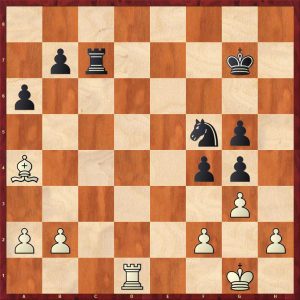
The problem posed is should white exchange rooks or not?
General positional considerations say that a rook and bishop are slightly better than a rook and knight in an endgame: this advantage is regarded as a “grindable” endgame advantage by good endgame players. However, in this position black has numerous pawn weaknesses on both sides of the board, that can be exploited by the active bishop in an open position: namely a fixed g4 pawn and a vulnerable pawn chain on a6/b7. Black’s rook is also active on the c-file, if white moves his rook along the d-file to say 41.Rd5 Rc1+ is annoying for white.
41.Rd7+! exchanging rooks to exploit black pawn weaknesses and prevent counterplay by black with his rook.
41…Rxd7 42.Bxd7 Nd6 This loses the pawn on g4, but 42…Kf6 43.Bc8 wins either the b7 pawn or the g4 with a technically winning endgame
43. Bxg4 fxg3 44. fxg3! Capturing with the f-pawn, not the h-pawn to eventually make a distant passed pawn on the h-file which makes black’s defence even more difficult. White now has a straightforward technical win.
44…a5 45.Kf2 Nc4 46. b3 Ne5 47. 47.Be2 Kf6 48. Ke3 Kf5 49. Kd4 g4 Black tries to block the white pawns, and hopes for Nf3 as some point, but the g4 will just become another target.
50.Kd5 b6 After 50…Nf3, white wins with 51.h3!
51.a4 Zugzwang, if 51…Nf3 52.h3! wins, if the knight moves to say d7 or f7, white’s king penetrates decisively on the queen side.
51…Kf6 52.Ke4 1-0 (The g-pawn drops after Kf4 and Bxg4)
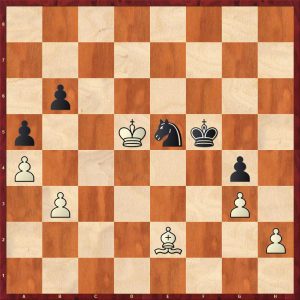
The second example shows a common tactical theme to simplify to a winning king and pawn endgame.
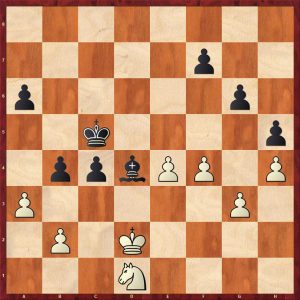
Black has achieved a lot in this endgame with the better placed pieces and a far more potent pawn majority, plus the white knight is utterly dominated. Black’s next move achieves a transformation that quickly decides the game.
44…Bxb2! 45.Nxb2 (45.axb4+ makes no difference: 45…Kxb4 46.Nxb2 c3+ wins)
45…c3+ 46.Kc2 axb2 47.axb4+ Kxb4
The white king has to deal with the black’s passed a-pawn, while the black king goes to the kingside for a delicious meal of white pawns.
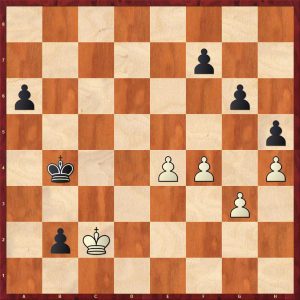
Here is another position showing that exchanging the opponent’s most active piece is always an important consideration.
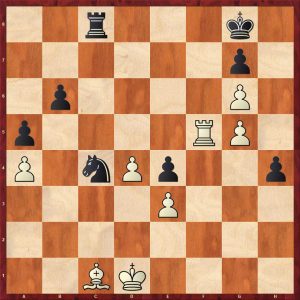
White has a very active rook which holds his position together. If white was to move, he would play Rf4 collecting black’s dangerous passed pawn.
But it black to move and he played 44…Rf8! (44…h3 allows 45.Rf2 and white fights on) and white resigned 0-1. Why did he resign?
If the white rook avoids the exchange, for example 45.Rd5, then after 45…h3 the black cannot be stopped.
Exchanging rooks is hopeless as the black knight dominates the bad bishop. Black’s passed pawn will distract the white king, while the black king mops up the weak white g-pawns:
45.Rxf8+ Kxf8 46. Ke2 Ke7 47. Kf2 Ke6 48.Kg2 Kf5 wins easily
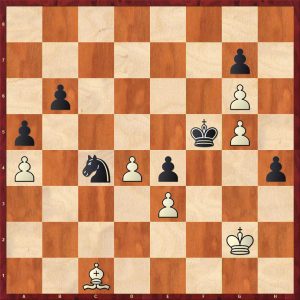
Here is a cautionary tale regarding transitioning into a king and pawn ending. White had been pressing for a while, playing on for the win with an outside passed pawn and the better minor piece. It did not occur to him that he could lose, but just watch, enjoy and learn!
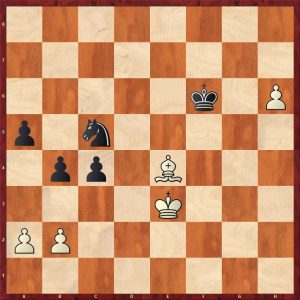
46.Kd4? (A poor move, over pressing, but white can still draw. Safer was 46. Bc2 b3 47.axb3 cxb3 48.Bd1 Na4 with a simple draw)
46…Nxe4 47. Kxe4?? (The losing move as white’s king is too far away to prevent a classic pawn breakthrough which is covered in all good endgame primer manuals. White must have lost his sense of danger. 47. Kxc4! Kg6 48.Kb5 with a quick draw as the knight cannot prevent the exchange of both queenside pawns.)
47…a4 48.Ke3 Only now did white realise that after 48.Kd4
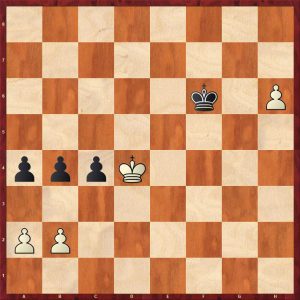
one of the black pawns queens in a well known and instructive motif: 48…c3! 49.bxc3 b3 50. axb3 a3! winning.
After the game move of 48.Ke3 black played 48…c3 which wins. The players agreed a draw in this position! An amazing escape for white, particularly as both players were at least IM strength (2400+).
To see why black is winning, analyse on.
49.b3 (Forced as 49.bxc3 allows 49…b3! queening a pawn as in the variation above) 49…axb3 50.axb3 Kg6
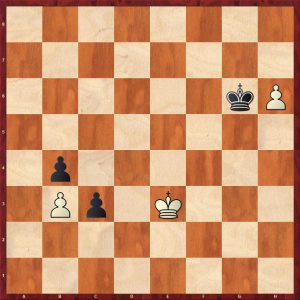
Black wins using a well known technique covered in Fine’s Basic Chess Endings and many other endgame manuals.
51.Kd3 Kxh6 52.Kc2 Kg5 53.Kd3 Kf4 54.Kc2 Ke3 55.Kc1 c2!
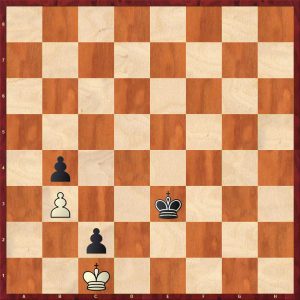
The key idea breaking into white’s position: black’s king seizes the critical squares and wins the b3 pawn by force.
56.Kxc2 Ke2 winning easily.
Now, the reviewer will showcase three positions from the intermediate problems chapter.
Here is a transitioning problem.
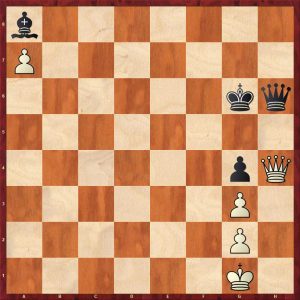
Black played the very poor 75…Qxh4?? throwing away a win. Was this bad evaluation or a lack of knowledge? If black hadn’t played so quickly, he would have easily found the win by retaining his much more active queen: 75…Qe3+ 76.Kf1 (76.Kh1 Qe2 mates, exploiting white’s passive queen) 76…Qe4 77.Qh2 Bd5! bringing the bishop into the attack and either mates or wins both g-pawns with check.
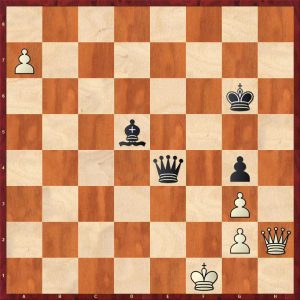
The game continued: 76.gxh4 g3 77.h5+ Kxh5 78.Kh1 Kg5 79. Kg1 Kf4 80. Kh1 0.5-0.5
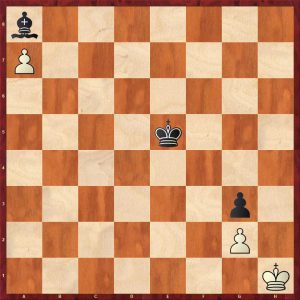
This is a well known fortress draw, once again covered in Fine’s BCE and other good endgame books. Black can collect the a-pawn and bring his king over the kingside but the white fortress cannot be breached. A decent effort is put the black king on e1, e2 or e3 and wait for the white king to move into the corner and try the poisoned offer of the bishop on f3 viz 89…Bf3!?
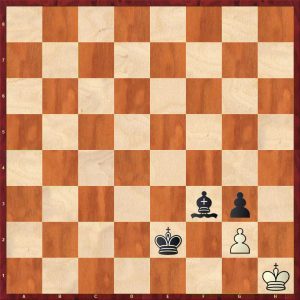
If white rids himself of the turbulent priest, then 90…Kf2 wins for black. However, the calm 91. Kg1! from white, ignoring the proferred prelate, draws for white. Note that with a knight instead of a bishop, this would be winning for black as white must capture!
The next position shows a complex position with two rooks and a minor piece each. The attacking power and mating potential of two rooks is well known, particularly in conjunction with the absolute seventh. The example aptly demonstrates this.
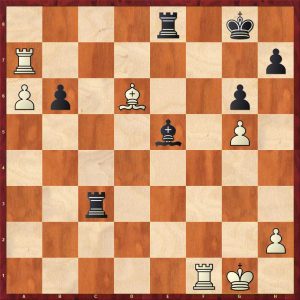
White has a massive passed a-pawn and is winning. White continued with 33.Be7 and did win pretty quickly. There is however, a simpler and cleaner win:
33.Bxe5! Rxe5 34. Rb7 Rxg5+ (34…Re8 35.a7 Rcc8 36.Rxb6 Ra8 37.Rb7 followed by Rfb1 & Rb8 wins) 35.Kh1 Ra5 (black does not have time to attack white’s king as the a-pawn is too fast) 36.a7 Rca3 (Stopping the pawn, but…)
37.Rd1 mating after Rxa7 38.Rd8# (Pretty)
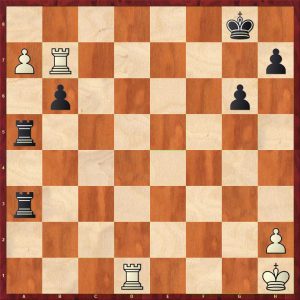
Here is a really educational ending about hidden dangers in so called drawn endings. Here white has an extra pawn in a Q+4 v Q+3 with all the pawns on one side. This is a drawn ending, but the stronger side can torture the opponent for a long time. To put this position into context, the last two moves were 81.Qd8+ Kg7?
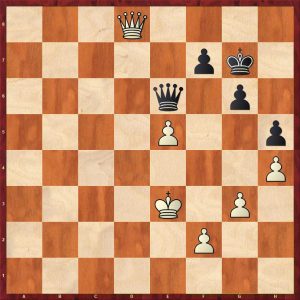
White played an unexpected, but amazing move, which is not obvious unless you have seen similar ideas before.
82.Qf6+!! (Giving up the extra pawn to force a pawn ending with a better king.) Qxf6 83. exf6+ Kxf6 84.Kf4
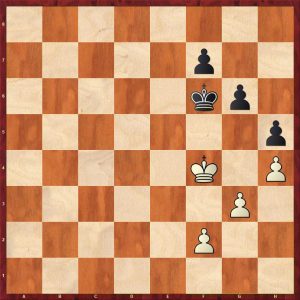
Zugzwang! Black is totally lost. Black’s king must move one way and white’s king goes the other way. White exploits the weakness on h5 and his reserve tempi with the f-pawn.
84…Ke6 (84…Kg7 85.Ke5 f6+ 86.Ke6 f5 87.f4 Kg8 88.Kf6 Kh7 89.Kf7 Kh6 90.Kg8 wins) 85.Kg5 Ke5 86.f3! Zugzwang again.
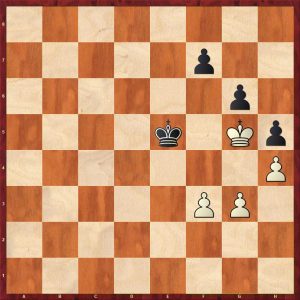
86…Ke6 87.f4! The black king must retreat and white plays f5 destroying the pawn structure and wins the h-pawn with a simple technical win. 1-0
To finish, the reviewer will demonstrate one of the advanced problems. This is an exchanging problem in a Q+B ending.
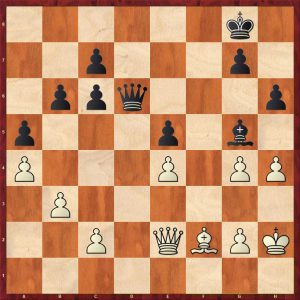
The ending is complex with both sides having a spoiled pawn majority. White has the better bishop as black has many pawns fixed on black squares. White may have difficulty getting into black’s position as the position is fairly blocked. Black can hold but must be careful. Black forced the play with 25…Qd2? which was the wrong decision as white can win with a clever bishop manoeuvre, ruining black’s potential fortress, clearly overlooked by black.
25…Bf4+! was the correct move which looks like a pointless check but is extremely subtle. White must reply 26.g3 to make progress which restricts white’s own bishop: a quick h5 and Bh4 is no longer available. If 26.Kh3 Kf7 27.Qf3 Kg8 and black simply waits. 26…Bd2
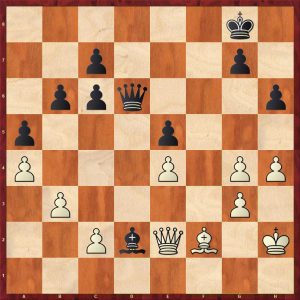
If white goes for a queen exchange hoping to the win the better bishop ending, black is safe after 27.Qd3 (27.Qc4+ Kf8 is ok) 27…Qxd3 28.cxd3 c5 followed by c6 and white can never break through and it is a fortress.
In the game, white took the queens off with 26.Qxd2 Bxd2 27.Bg3! (Black probably expected 27.h5 Kf7 28.Bh4 Bg5 with a clear draw.) 27…Bc3 (The bishop is distracted to defend the e-pawn) 28.h5! Opening the way for the white bishop. Black has a nightmare bishop ending which cannot be saved as he has far too many weaknesses.
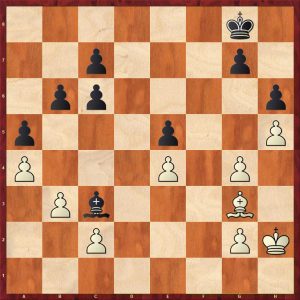
28…Kf7 29.Bh4 (Threatening the Bd8) Ke6 30. g5 Bd2 31.gxh6 was played which wins easily as white has undoubled his pawn and black still has the weak h6 pawn. However 31.g6! wins more quickly fixing the g7 pawn. The main point is that Kd7 from black allows Bf6! in reply.
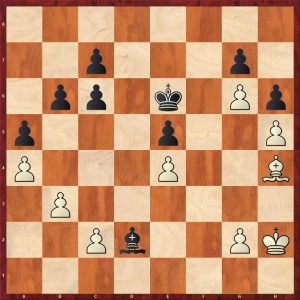
D.Harika-Ju-WenjunLausanne-2020-Variation-Move-31
If black plays 31…Bb4, 32.Bd8 Bd6 (32…Kd7 33.Bf6) 33. Kh3 Zugzwang, eventually black will have to lose a pawn and the game.
All in all, this is an very good endgame puzzle book to work through. Players of all standards will learn a lot from attempting to solve the positions followed by studying the solutions which are well structured and easy to follow.
FM Richard Webb, Chineham, Hampshire, 26th April 2021

Book Details :
- Hardcover : 192 pages
- Publisher:Thinkers Publishing; 1st edition (8 Dec. 2020)
- Language:English
- ISBN-10:9492510944
- ISBN-13:978-9492510945
- Product Dimensions: 16.51 x 0.64 x 23.5 cm
Official web site of Thinkers Publishing

